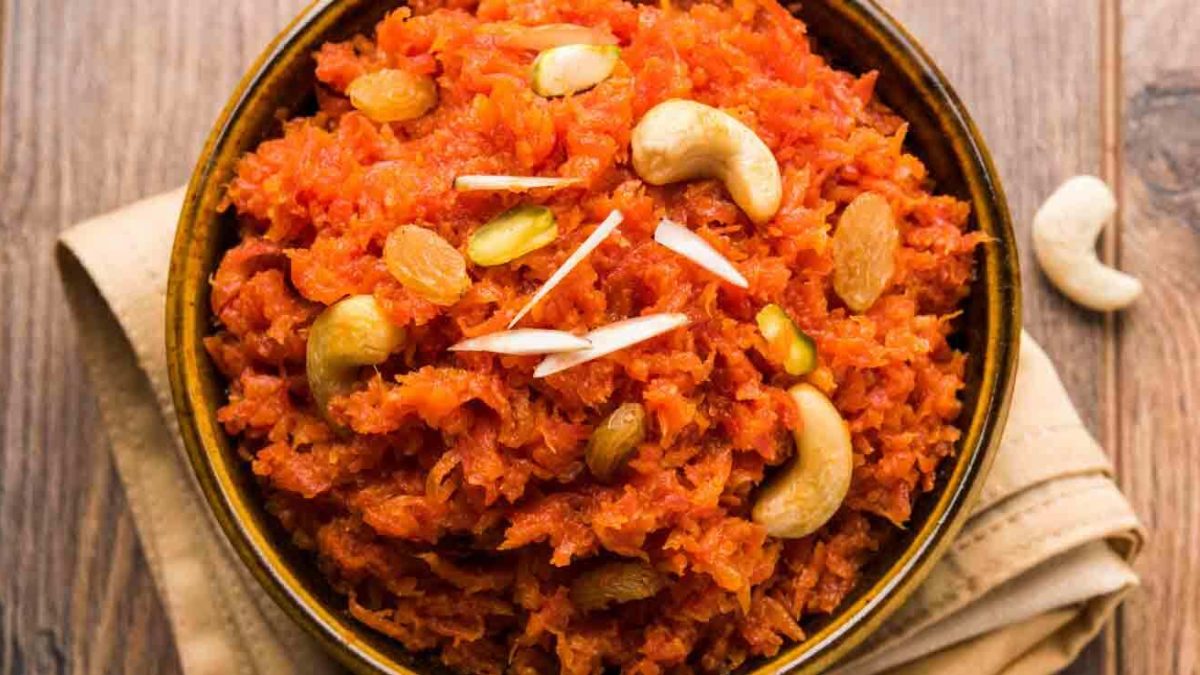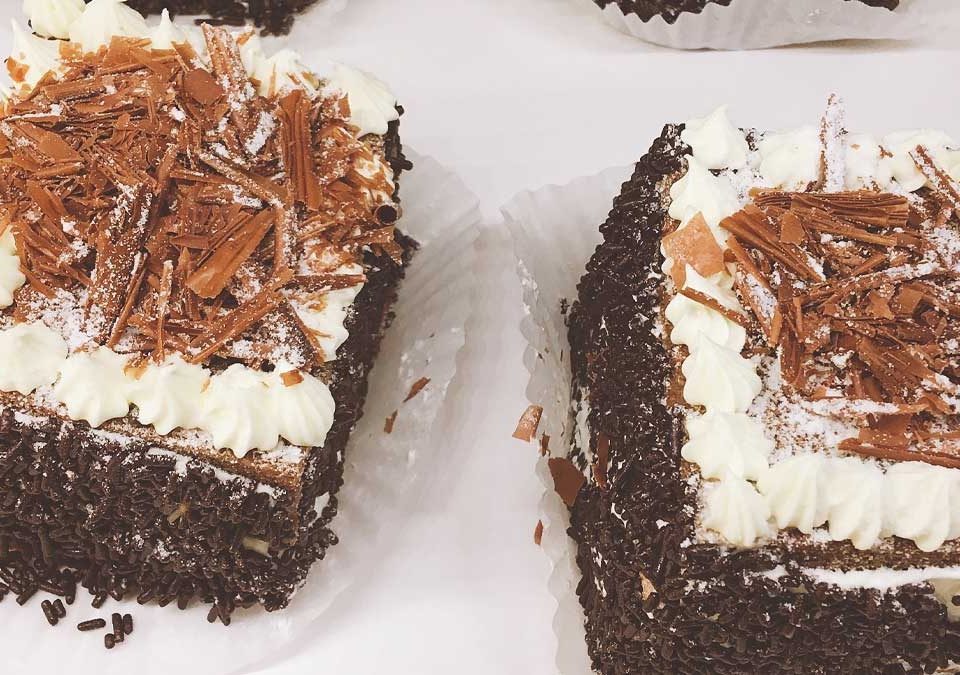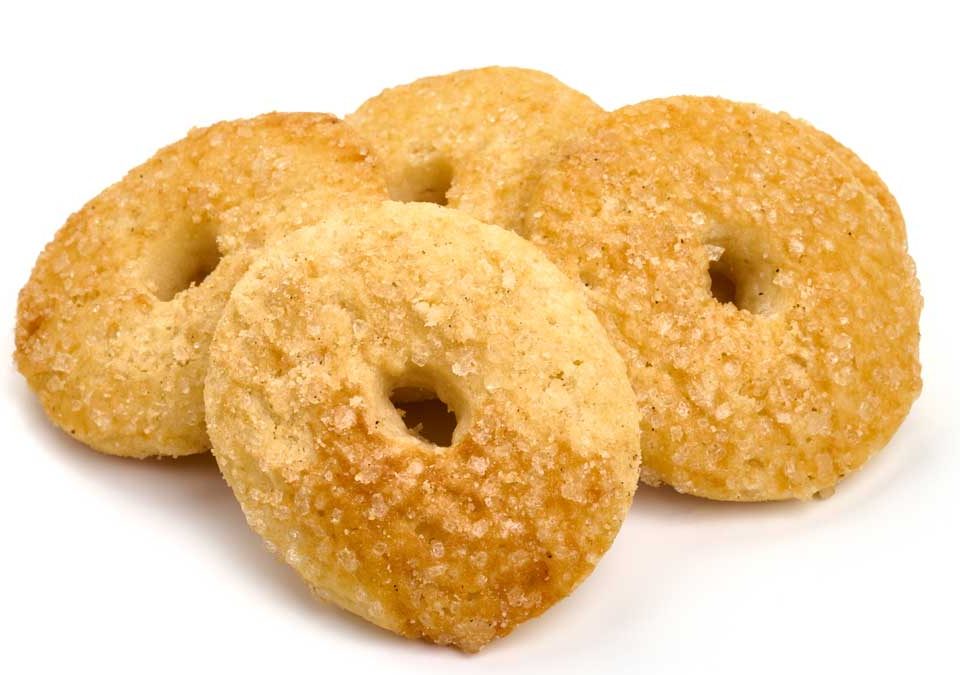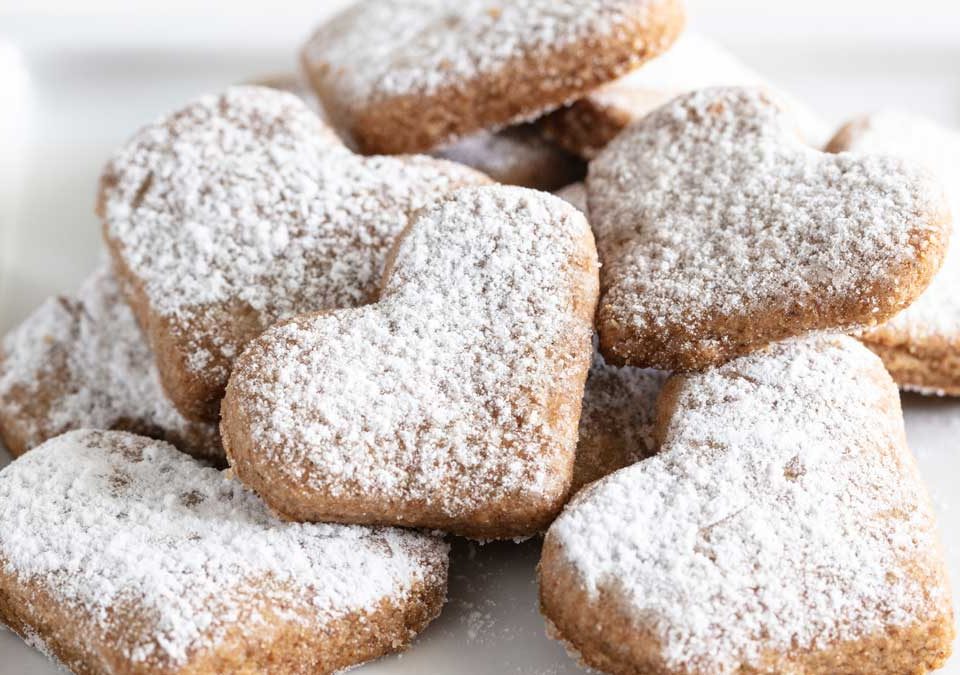
The myths and facts of Birthday cakes in Trivandrum
August 2, 2019
South India’s Ghee Sweets Affair: 8 Traditional Desserts That Are Scrumptious
September 4, 2019Halwa is any of specific voluminous, sweet delicacies made in the Middle East, Central and South Asia. It is also ceremoniously prepped in the Balkans, the Caucasus, Eastern Europe, Malta, North Africa, the Horn of Africa, and in the Jewish diaspora. In certain Indian cultures, the dish is treated as a soup-based sweet. Similar sweets exist in other countries, such as China, anyways, these are not specifically termed to as “halwa”. The first noticed written halwa recipe was found in the ancient age of 13th century Arabic Kitab al-Tabikh (The Book of Dishes).
Around the world, common usage it signifies “desserts” or “sweet”, and specifies two variants of desserts:
Flour-based
This variant of halwa is lightly gelatinous and prepared from grain flour, specifically semolina (suji- India). Its main ingredients are clarified butter (ghee), flour, and sugar.
Nut butter-based
This variant of halwa is crumbly and normally made from tahini (sesame paste) or other nut butters, basically the sunflower seed butter. Its main constituents are nut butter and sugar.
Halwa may also be levied on certain other ingredients, involving beans, lentils, and vegetables such as carrots, pumpkins, yams and squashes.
Halwa can placed at room temperature with minimal risk of spoilage. However, during the scorching summer months, it is good to be kept refrigerated, as it can drool away after a few days.
From the prestigious Carrot Skewed Halwa to the celebrative Rawa Halwa, you may have tasted many variants of halwas, but there remains a pile of stones remaining unturned and waiting to be discovered.
Let’s accept it! Our premature and some of the cherished childhood memoirs of any Poojas and festive events had to do much with the ambrosial halwa and prasad distributed after the Pooja than with the Pooja rituals itself. A nibble into the soft and melt-in mouth halwa, exploding with luscious flavours and crumby nuts, was lest to instantaneously uplift our mood and make us joyful. But are you aware that the favorite festive delight- halwa is originally of Arab and Turkish origins? The Turkish delicacy of ground sesame seeds and honey is trusted to have adjourned towards the eastern countries and topped the hit dessert (with its many variants) that it is this very day. In his book ‘A Historical Dictionary of Indian Food’ , Food Historian K.T Acharya specifies halwa as “a pasty or softly firm dessert prepared from a multitude of materials; wheat flour wheat grits, wheat strainings, banana gram flour, fruits like banana and date, vegetables like carrots and white pumpkin and nuts like almonds.” The best halwas in Trivandrum can be availed from the Bread Factory.
There are seven mouth watering and exotic types of halwas that you may have not thought yet.
1.Green Chilli Diced Halwa
Yes, you read it correctly. What it may seem to be the most humongous culinary dismay is a reality. Mirchi ka halwa is most specially vivid in hot and tropical regions the state of Rajasthan. The aura of Indian cuisine is based on its exceptional use of locally present spices, herbs, vegetables and fruits and transits them into ambrosial sweet treats. Green chilli diced halwa is a rare and exciting preparation of skimmed green chilli paste cooked with khoya and semolina.
2.Turmeric Puree Halwa
Another special from North India, Turmeric Puree Halwa is a delicacy most commonly enjoyed during the winter season as it holds you warm from inside and also boosts your immunity. Prepared with the boons of raw turmeric (Kacchi haldi ki gaanth), ghee (Clarified Butter) and gur (jaggery), it is the most fitting treat that is also best for your health.
3.Potato Stewed Halwa
It might have been the Portuguese who ventured India to the potatoes, but nobody ever can provide a plethora of dishes that we can make with this delicate spud. You’ve presumably enjoyed it with puris but now try prepping a dessert with it Potato stewed halwa is a luscious dessert famous in Uttar Pradesh and is mostly enjoyed during the festival of Navratri.
4.Egg Broiled Halwa
The flexibility of eggs levies it one of our primary go-to choices when we are skipped of ideas. But who would have assumed that you can convert them into an Indian dessert? If you’re in the mood for something new, try this melt-in-mouth halwa with eggs, cottage cheese, lemon curd, saffron and nuts.
5.Raw Banana Halwa
Prepped with raw banana pulp, raw banana halwa is a delicious sweet dish you would never miss. Richy, ambrosial and simply delightful.
6.Papaya Crushed Halwa
By currently, it has presumably been set that you provide anything to us and we may employ it to make a tasty halwa. With tender papaya mingled in with cardamom, ghee and walnuts, you can prep this enticing fruity halwa when you are upset of the usual.
7.Pineapple Chunks Halwa
Ever tasted a pineapple halwa? If not, you surely should. The tasty halwa is made by adding aromatic saffron to a cooked mixture of cottage and sweet pineapple chunks.
About Rava Halwa Recipe | Rava Halwa Recipe from Bread Factory: Semolina and sugar syrup dessert prunged with cardamom and garnished with almonds. Also widely known as rava sheera and given as prasadam in puja, Rava Halwa is a luscious dessert to prep when unexpected guests appear randomly since it is faster and super easy to cook!
Ingredients of Rawa Halwa
- 1 Cup Rava (semolina)
- 1 Cup Sugar
- 4 Cups Water
- 1/2 Cup Ghee
- 1/4 tsp Green cardamom, crushed
- 1 Tbsp Almonds (shredded) – to garnish, blanched
How to Make Rava Halwa
- In a depth, heavy based saucepan, dice the ghee add rava and stir fry over mediocre heat, depending on how continuously you stir it.
- At the concurrent time in other pan dissolve sugar in water over less heat and keep on simmer, until needed.
- Tip- It is best to do this in a pan with a lengthy handle because when you pour the sugar solution into the rava mix a lot of steam is evolved, which burns your hand.
- When the rava is light brown and gets a shiny look and does not glue together much (which means it is fried appropriately) mix the sugar solution and the cardamom and leverage to a boil, then simmer until the liquid is absorbed. At this stage you can stir off and on, not frequently.
- Serve piping hot, garnished with the almonds.
Key Ingredients: Rava (semolina), Sugar, Water, Ghee, Green cardamom, Almonds (crushed) – to garnish
The mouth watering halwas: A never ending crush of food lovers!
Halwas are lauded as a sweet delicacy from Bread Factory in Trivandrum that can melt at your taste buds and the heavenly taste lingers in your taste buds for minutes more even after you have gulped it way before! Halwas pave way to Indian Belly most festively and keeps on winning hearts enroute from the Bread Factory in Trivandrum.




